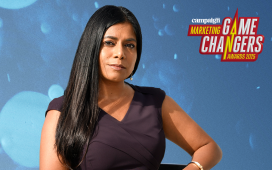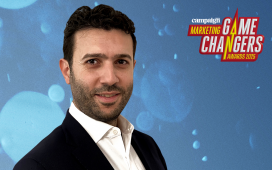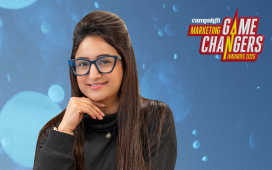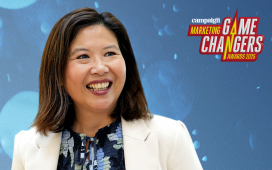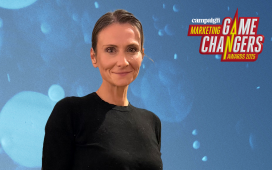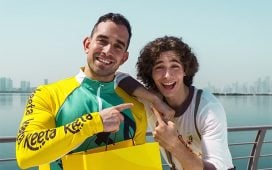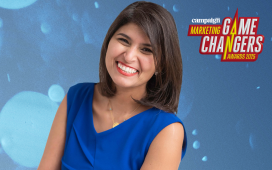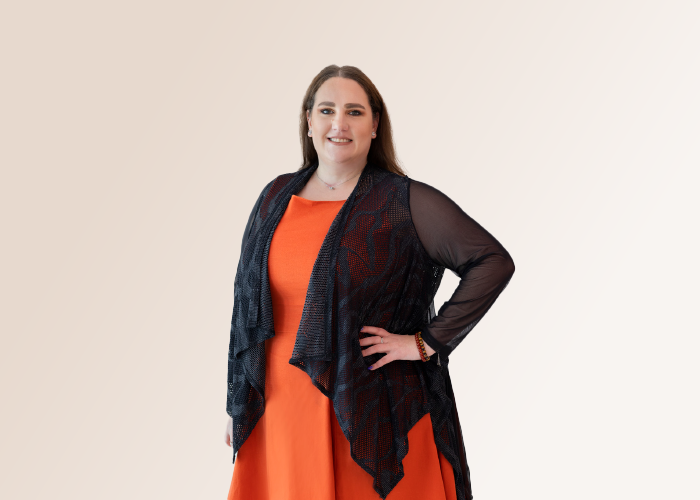 Stacey McMurtrie, Director of Marketing and Communications, Marriott Resort Palm Jumeirah
Stacey McMurtrie, Director of Marketing and Communications, Marriott Resort Palm JumeirahThe social media and influencer marketing landscape in the Middle East is evolving at an incredible pace. What worked six months ago may already be outdated; brands must constantly adapt to stay relevant.
The challenge isn’t just about keeping up; it’s about choosing the right platforms, cutting through the noise and making marketing efforts more meaningful. The UAE’s digital ecosystem is both exciting and complex, offering enormous opportunities for those who approach it with strategy, authenticity and a long-term mindset.
Content overload dilemma: are we stretching ourselves too thin?
The demand for content has never been higher and brands often feel stretched thin across multiple platforms.


